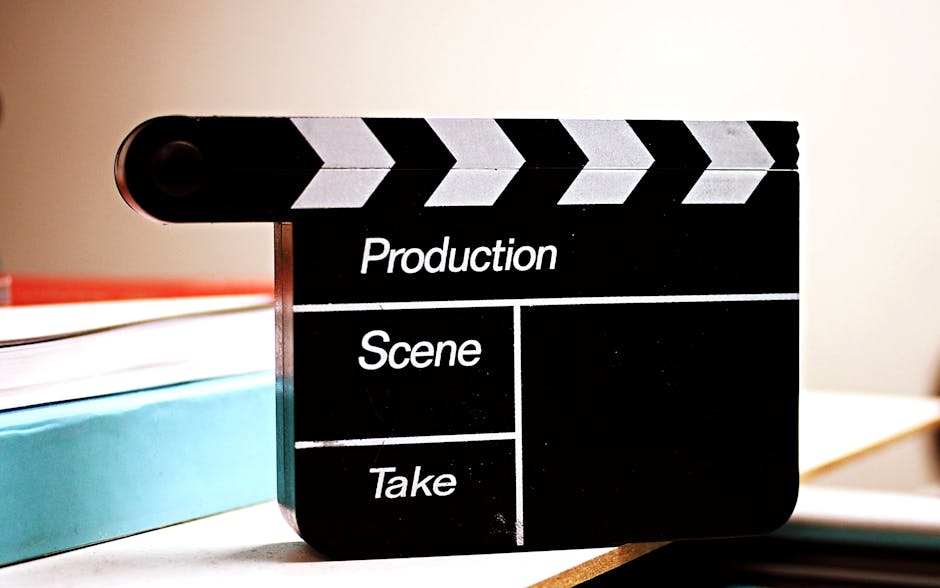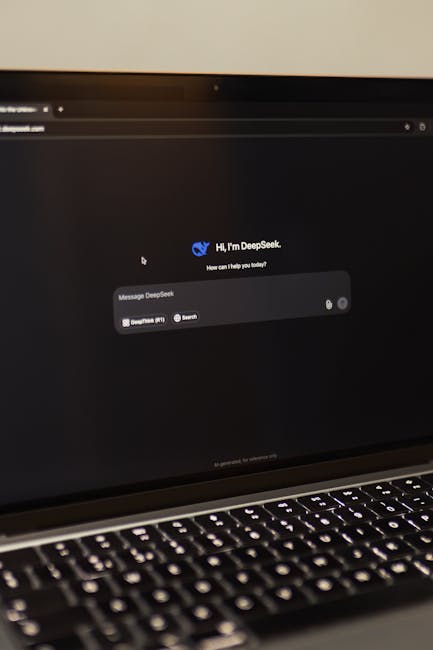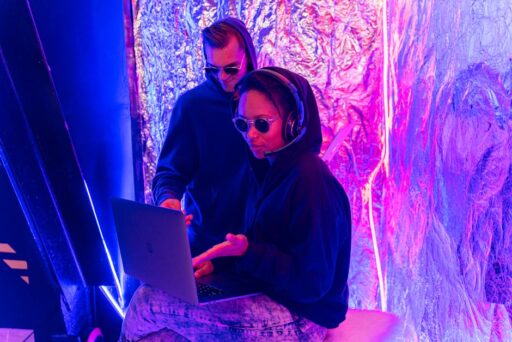Wonder Studios Raises $12M to Scale AI-Generated Content in Entertainment
London-based Wonder Studios has closed a $12 million seed round to scale its production capabilities and broaden the role of AI-generated content in entertainment. The funding will accelerate engineering hires, expand original IP development, and deepen the startup’s suite of creator tools designed to integrate machine-generated media into traditional production workflows. As AI-driven storytelling moves from experimentation to commercial release, Wonder’s raise highlights both opportunity and debate about how creators, rights holders, and audiences will share that future.
Why this investment matters for AI-generated content in entertainment
The new capital allows Wonder Studios to move beyond prototype projects and toward repeatable production pipelines for films, music videos, short-form content, and documentary work. For studios and independent creators alike, three strategic priorities emerge from the raise:
- Scaling engineering resources to improve quality and speed of AI media generation.
- Building original intellectual property (IP) with clear ownership and commercial pathways.
- Delivering accessible tools that connect creators to collaborators and distribution opportunities.
These priorities reflect an industry shift: AI-generated content is no longer a novelty but an operational consideration for content companies that want to increase creative throughput without sacrificing artistic control.
What does this $12M raise mean for creators and studios?
The funding signals a push toward professionalizing AI production. For creators, that means better tooling and clearer monetization options; for studios, it means new ways to prototype, iterate, and scale concepts with lower overhead.
Faster prototyping, richer ideation
AI tools shorten the gap between concept and a tangible proof of concept. Story ideas that once required weeks of preproduction can be visualized in days: treatments, concept reels, and musical mockups can be generated rapidly, allowing teams to test audience reaction and refine creative direction before committing large budgets.
New models for IP and revenue
One of Wonder’s explicit objectives is to prioritize IP ownership and original productions. That approach matters because it clarifies who benefits commercially as AI-generated works move into distribution and licensing. Ownership models that are transparent and creator-friendly can encourage broader adoption of AI tools by professional writers, directors, and musicians who may otherwise fear loss of control over their work.
Democratizing access to production-grade tools
By packaging AI workflows into an app and community hub, Wonder aims to connect creators with collaborators and career opportunities. Lowering technical barriers helps independent filmmakers, emerging musicians, and diverse storytellers participate in high-quality production without massive infrastructure investments.
How will Wonder Studios scale production responsibly?
Scaling production involves more than technical optimization. Responsible expansion requires clear policies for training data, contributor consent, credits, and revenue sharing. Effective approaches include:
- Transparent sourcing: documenting training datasets and licensing where applicable.
- Attribution standards: ensuring human contributors and artists receive credit and compensation.
- Technical safeguards: building model controls to prevent misuse or harmful outputs.
Companies that embed transparency and fair compensation into their workflows are more likely to win industry trust and long-term partnerships.
What legal and ethical questions should creators expect?
The surge in generative media has prompted legal scrutiny around training practices and output that replicates copyrighted characters or material. As AI-generated content becomes commercially viable, creators and studios face several legal questions:
- Were models trained on copyrighted material without permission?
- Does the generated output infringe existing copyrights or rights of publicity?
- How should revenue and credits be allocated between human creators and platform providers?
Addressing these questions requires collaboration across legal teams, artist communities, and platform operators. Proactive licensing frameworks and industry-wide standards will be essential to reduce friction and litigation risk as the sector matures. For context on how regulation and policy can shape innovation while protecting creators, see our coverage on Navigating AI Regulation: Balancing Innovation and Safety.
How can AI tools enhance storytelling without replacing artists?
AI should be positioned as an augmenting technology that extends a creator’s capabilities rather than a replacement. Practical examples include:
- Generating early visual treatments that a director refines.
- Creating musical motifs and textures that musicians adapt and record professionally.
- Automating labor-intensive tasks like background generation, color grading variants, or rough editing cuts.
When thoughtfully integrated, these workflows free creators to focus on originality, emotional nuance, and narrative craft—areas where human judgment remains paramount.
How will production workflows change with scaled AI adoption?
Production pipelines that incorporate AI typically shift resource allocation toward iteration and creative oversight. Expect the following operational changes:
- Shorter preproduction cycles as concept validation speeds up.
- Higher experiment velocity, enabling A/B testing of narrative beats or visual styles.
- New roles such as AI creative producers and model ethics leads within production teams.
These shifts echo broader trends in enterprise adoption of AI where tooling improves efficiency while creating demand for specialists who can translate creative intent into effective prompts and model configurations. For more on memory and context in AI workflows, see our article on Supermemory: Revolutionizing AI Contextual Memory Solutions.
Which commercial and original projects are in development?
Wonder Studios has signaled a slate of both commercial collaborations and original releases planned for the next year. These projects span documentary formats to short-form music-driven pieces, highlighting a hybrid strategy: partner on commissioned work while investing in original IP that the company can fully own and distribute.
That dual approach helps de-risk product-market fit: commissioned projects generate revenue and studio credibility, while original IP builds long-term value and licensing opportunities.
Will AI-generated media reduce costs or just shift them?
AI can reduce certain production costs—especially time-intensive preproduction and iterative visual creation. But there are new costs to consider: higher compute, specialized engineering talent, model maintenance, and legal/rights management. The net economic effect depends on how organizations reallocate savings toward creative talent and platform stewardship.
What should creators and industry leaders do next?
To prepare for a future where AI-generated content plays a catalytic role in entertainment, creators and decision-makers should:
- Educate teams on the capabilities and limits of current generative models.
- Develop transparent licensing and attribution practices for AI-assisted works.
- Invest in cross-functional roles that blend creative direction with technical oversight.
- Explore partnerships with startups that prioritize IP ownership and ethical guardrails.
These steps will help organizations capture the creative and commercial upside of AI while safeguarding artist rights and audience trust.
Will AI replace human storytellers?
Short answer: no. AI will change how stories are produced but not the essential role of human imagination. Machine-generated content excels at pattern synthesis, rapid iteration, and scale—but human storytellers remain the source of cultural context, emotional resonance, and moral judgment. AI tools will be judged by how well they support creators in producing meaningful, original work rather than by their ability to automate creativity entirely.
How does this fit into the broader AI landscape?
Wonder’s raise is part of a larger wave of investment into AI infrastructure, content tooling, and creative platforms. As the sector matures, we expect to see tighter integration between creative teams and AI-first production services, accompanied by more robust regulation and industry norms. For strategic thinking about AI’s trajectory beyond raw model scale, see our analysis: The Future of AI: Beyond Scaling Large Language Models, which explores how system design, data quality, and tooling define the next phase of practical AI adoption.
Key takeaways
- Wonder Studios’ $12M seed round emphasizes IP-first strategies and production-grade AI tooling.
- Scaling AI-generated content will require technical investment, ethical safeguards, and clear legal frameworks.
- AI can augment creative workflows, speeding prototyping and enabling new forms of storytelling while leaving core creative judgment with humans.
As AI-generated content becomes more integrated into entertainment pipelines, the winners will be organizations that combine technical excellence with transparent, creator-aligned business models.
Next steps for readers
If you’re a creator, producer, or executive exploring AI-driven workflows, start by piloting small projects with clear data and rights policies, and engage legal counsel early. If you’re a technologist, prioritize tooling that supports explainability, versioning, and attribution. Across the industry, collaboration between platforms, rights holders, and policymakers will be essential to unlock the full promise of AI-generated content in entertainment.
Interested in deeper coverage on AI in media production, policy, and IP strategy? Subscribe to Artificial Intel News for expert analysis, case studies, and practical guides that help creators and leaders navigate this rapidly changing landscape.
Call to action: Stay informed—subscribe to Artificial Intel News for weekly briefings on AI in entertainment, original industry case studies, and practical guides to build responsible AI workflows.






